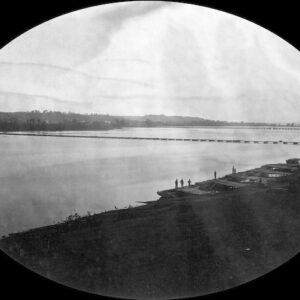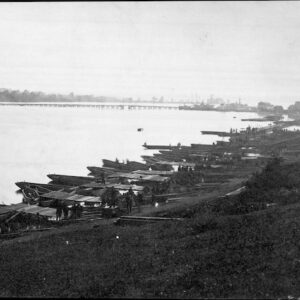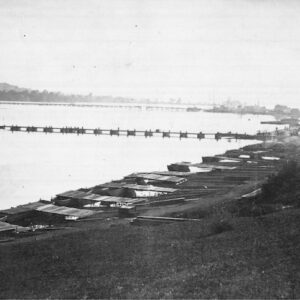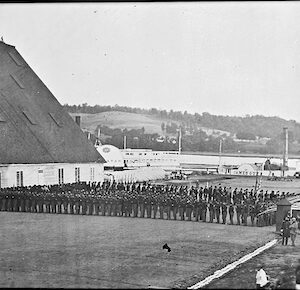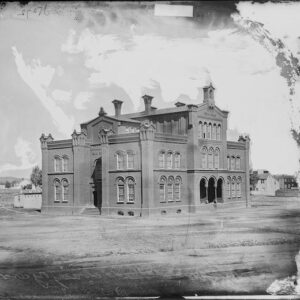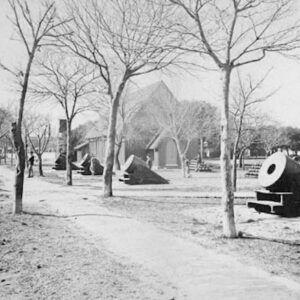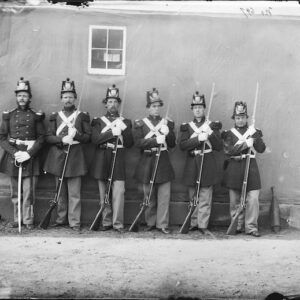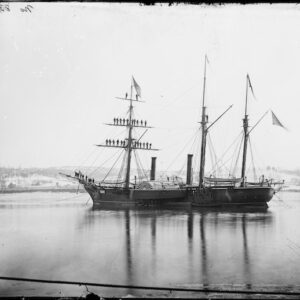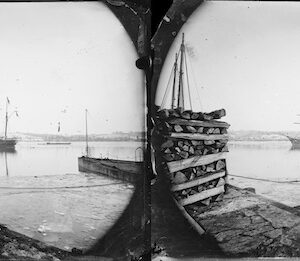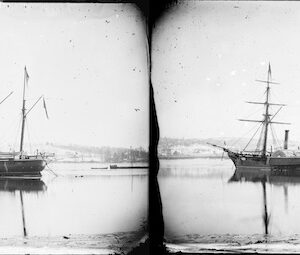Tag: Washington Navy Yard (Washington DC)
Wikipedia says: The Washington Navy Yard (WNY) is the former shipyard and ordnance plant of the United States Navy in Southeast Washington, D.C. It is the oldest shore establishment of the U.S. Navy.
The land was purchased under an Act of Congress on July 23, 1799. The Washington Navy Yard was established on October 2, 1799, the date the property was transferred to the Navy. It is the oldest shore establishment of the U.S. Navy. The Yard was built under the direction of Benjamin Stoddert, the first Secretary of the Navy, under the supervision of the Yard’s first commandant, Commodore Thomas Tingey, who served in that capacity for 29 years.
The original boundaries that were established in 1800, along 9th and M Street SE, are still marked by a white brick wall that surrounds the Yard on the north and east sides. The following year, two additional lots were purchased. The north wall of the Yard was built in 1809 along with a guardhouse, now known as the Latrobe Gate. After the Burning of Washington in 1814, Tingey recommended that the height of the eastern wall be increased to ten feet (3 m) because of the fire and subsequent looting.
The southern boundary of the Yard was formed by the Anacostia River (then called the “Eastern Branch” of the Potomac River). The west side was undeveloped marsh. The land located along the Anacostia was added to by landfill over the years as it became necessary to increase the size of the Yard.
From its first years, the Washington Navy Yard became the navy’s largest shipbuilding and shipfitting facility, with 22 vessels constructed there, ranging from small 70-foot (21 m) gunboats to the 246-foot (75 m) steam frigate USS Minnesota. The USS Constitution came to the Yard in 1812 to refit and prepare for combat action.
During the War of 1812, the Navy Yard was important not only as a support facility but also as a vital strategic link in defense of the capital city. Sailors of Navy Yard were part of the hastily assembled American army, which, at Bladensburg, Maryland, opposed the British forces marching on Washington.
An independent volunteer militia rifle company of civilian workers in the Washington Navy Yard was organized by the United States naval architect William Doughty in 1813, and they regularly drilled after working hours. In 1814, Captain Doughty’s volunteers were designated the Navy Yard Rifles and assigned to serve under the overall command of Major Robert Brent of the 2nd Regiment of the District of Columbia Militia who was the first mayor of Washington, D.C. In late August, they were ordered to assemble at Bladensburg, Maryland to form the first line of defense in protecting the United States’ capital city along with the majority of the American forces was ordered to retreat. The Chesapeake Bay Flotilla of Joshua Barney joined the combined forces of Navy Yard sailors, and the U.S. Marines of the nearby Marine Barracks of Washington, D.C., and were positioned to be the third and final line of the American defenses. Together, they effectively used devastating artillery and fought in hand-to-hand combat with cutlasses and pikes against the British regulars before being overwhelmed. Benjamin King (1764-1840), a navy yard civilian master blacksmith, fought at Bladensburg. King accompanied Captain Miller’s Marines into battle. King took charge of a disabled gun and was instrumental in bringing that gun into action. Captain Miller remembered King’s gun “cut down sixteen of the enemy.”
As the British marched into Washington, holding the Yard became impossible. Seeing the smoke from the burning Capitol, Tingey ordered the Yard burned to prevent its capture by the enemy. Both structures are now individually listed on the National Register of Historic Places. On August 30, 1814, Mary Stockton Hunter, an eyewitness to the vast conflagration, wrote her sister: “No pen can describe the appalling sound that our ears heard and the sight our eyes saw. We could see everything from the upper part of our house as plainly as if we had been in the Yard. All the vessels of war on fire-the immense quantity of dry timber, together with the houses and stores in flames produced an almost meridian brightness. You never saw a drawing room so brilliantly lighted as the whole city was that night.”
For the first thirty years of the 19th century, the Navy Yard was the District’s principal employer of enslaved and some free African Americans. Their numbers rose rapidly, and by 1808, the enslaved made up one-third of the workforce. The number of enslaved workers gradually declined during the next thirty years. However, free and some enslaved African Americans remained a vital presence. One such person was former slave, later freeman, Michael Shiner 1805-1880 whose diary chronicled his life and work at the navy yard for over half a century There is the documentation for enslaved labor euphemistically called “servants” still working in the blacksmith shop as late as August 1861.
Civil War Era
During the American Civil War, the Yard once again became an integral part of the defense of Washington. Commandant Franklin Buchanan resigned his commission to join the Confederacy, leaving the Yard to Commander John A. Dahlgren. President Abraham Lincoln, who held Dahlgren in the highest esteem, was a frequent visitor. The famous ironclad USS Monitor was repaired at the Yard after her historic battle with the CSS Virginia. The Lincoln assassination conspirators were brought to the Yard following their capture. The body of John Wilkes Booth was examined and identified on the monitor USS Montauk, moored at the Yard.
Following the war, the Yard continued to be the scene of technological advances. In 1886, the Yard was designated the manufacturing center for all ordnance in the Navy. Commander Theodore F. Jewell was Superintendent of the Naval Gun Factory from January 1893 to February 1896.
Showing all 10 results
